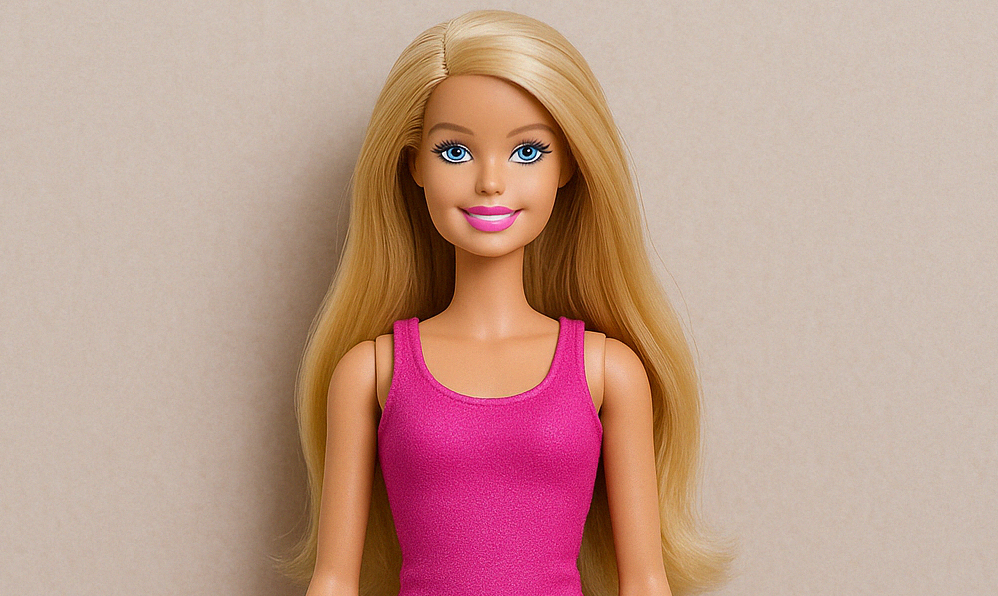Have you noticed how toys like Barbie have changed lately and wondered what’s driving it? Mattel DEI might be the answer. Mattel, the company behind Barbie, Hot Wheels, and Fisher-Price, spent years pushing Diversity, Equity, and Inclusion, or DEI, to make their workplace fairer and their toys more inclusive.
But in 2025, something shifted. Mattel DEI started fading from their big investor reports. So what’s the deal? This article takes a close look at Mattel DEI, exploring its goals, how it shaped their products, and what this recent change means for families who just want great toys for their kids. Let’s take a closer look at Mattel DEI and see if it lines up with what people really want from playtime.
What Was Mattel DEI All About?
Mattel DEI started with some big ideas. The company wanted equality in its workplace, a mix of people creating toys, and products that reflected all kinds of kids. Before 2025, Mattel DEI reports showed they hit some impressive marks. They reached 100 percent pay equity worldwide, meaning everyone got paid the same for the same job, no matter their gender. In the U.S., their workforce was 58 percent women and 42 percent ethnically diverse, according to their 2024 data. That’s a lot of different voices behind toys like Uno and American Girl dolls.

When it came to products, Mattel DEI went even further. They didn’t want Barbie stuck as the blonde doll from the old days. They aimed for toys that showed the world as it is. Think dolls with wheelchairs, different skin tones, and even a Barbie with Down Syndrome. Mattel DEI was a bold move, no doubt. But here’s a question: should a toy company be so focused on social goals? Some might say Mattel got a bit too big for its britches, stepping into family playtime with more than just fun in mind. It’s something to chew on as we keep going.

How Mattel DEI Shaped Their Toys
If you’ve strolled through a toy aisle recently, you’ve seen the changes. Barbie now comes in 35 skin tones, 97 hairstyles, and 9 body types. There’s a doll for Black History Month, one with a prosthetic leg, and that Down Syndrome Barbie that made headlines. By 2024, 80 percent of Mattel’s games, like Uno, were colorblind-accessible with special symbols so more kids could join in. Fisher-Price followed suit, updating Little People figures to reflect a wider range of skin colors and hair types based on what families asked for.
The company pushed hard to make toys that mirror the world’s diversity. They said it sparked new ideas and helped them connect with more households. Take their Asian and Pacific Islander employee group—they teamed up with a well-known Chinese designer to create a 2023 Lunar New Year Barbie, down to the tiniest details. The goal was to help kids feel seen, and that’s hard to argue with.
Still, some parents might wonder if all this effort was less about play and more about promoting a message. When a kid grabs a doll, are they thinking about inclusion—or just having fun? Somewhere along the way, that simple joy may have taken a backseat.
The 2025 Shift: Why Mattel DEI Stepped Back
Now let’s talk about 2025, because that’s when Mattel DEI took a turn. On April 3, 2025, Mattel sent out a report to shareholders called a proxy statement. In the past, Mattel DEI was front and center, with promises to build inclusive communities through toys. This time, it was gone. Their annual 10-K filing swapped out specific Mattel DEI goals for something fuzzier: fostering a culture where employees can reach their full potential, with a nod to valuing different ideas. They even dropped a table showing their board’s diversity, something Mattel DEI used to highlight.
What’s behind this? It’s not just Mattel DEI changing. In late 2024, a court tossed out Nasdaq’s rules that made companies report on diversity, and a lot of businesses started dialing back DEI talk. Plus, there’s been pushback against programs like Mattel DEI, with people arguing they focus too much on appearances and not enough on results.
Mattel isn’t alone here. Big names like Disney and Warner Bros. are doing the same. For Mattel DEI, this could mean they’re refocusing on what they do best: making toys that sell. Families might like that shift, preferring a company that sticks to quality and choice over social plans. Mattel DEI stepping back might just be a return to basics.
Does Mattel DEI Fit What Families Want?
So let’s get to the heart of it: does this approach really match what families are looking for? At times, it felt more like box-checking than focusing on talent. If a company hires or designs toys based on quotas, does that mean the best people or ideas get overlooked?
Some families might worry the company started pushing ideas that don’t reflect their values, turning playtime into something that feels more like a lecture. Most parents probably just want toys that are fun, well-made, and let kids be kids—not tools for advancing corporate messaging. Maybe that’s where things drifted off course, and the 2025 pullback suggests they got the message.
Conclusion
The company’s DEI push has been quite a ride. It started with ambitious goals to create a fairer workplace and more inclusive toys, leading to dolls and games that reflected a wider world. For a while, that vision shaped everything from Barbie’s look to how Uno plays.
But in 2025, they stepped back, dropping the language from investor reports and shifting toward broader, less defined goals. That change could reflect pressure from critics—or simply a return to focusing on what matters most: making toys families enjoy. Whether you supported the DEI push or not, it’s clear the company tried to strike a balance between business and messaging. Maybe now it’s time to let families decide what playtime should be.


